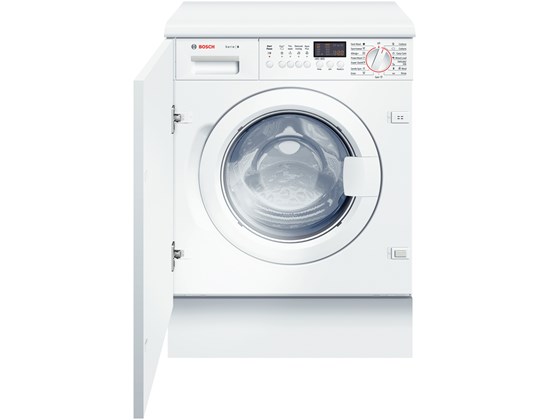

AC/DC Module Updates For users of the AC/DC Module, COMSOL Multiphysics ® version 5.3 brings a new Electrostatics, Boundary Elements physics interface, a new Stationary Source Sweep study step, and several new tutorial models. Review all of the AC/DC Module updates in more detail below. New Physics Interface: Electrostatics, Boundary Elements The new Electrostatics, Boundary Elements interface has been developed for building and running models that are not well suited for the finite element method (FEM).
This deep excavation tutorial shows the modeling process of a 26-meter excavation using the COMSOL Multiphysics Geomechanics Module. A parametric. Access features for specialized low-frequency electromagnetics modeling by adding the AC/DC Module to the COMSOL Multiphysics® software. Learn more here.
You can download all user manuals, even of older Bosch tools. To find the correct user manual, just enter the part number of your tool (it is indicated on the nameplate). View & download of more than 19691 Bosch PDF user manuals, service manuals, operating guides. Accessories, Accessories user manuals, operating guides & specifications. Download 1221 Bosch Dishwasher PDF manuals. User manuals, Bosch Dishwasher Operating guides and Service manuals. 
The formulation is based on the boundary element method (BEM). The physics interface, available in 2D and 3D, solves Laplace's equation for the electric potential using the scalar electric potential as the dependent variable. This new interface can be used as an alternative to the Electrostatics interface for computing the potential distribution in dielectrics, and is particularly convenient for structures that are difficult to mesh. Note that the electric potential distribution on the boundaries must be explicitly defined, so you need constant material data within the domains.

The Electrostatics, Boundary Elements interface can also be combined with the finite-element-based Electrostatics interface, using the Boundary Electric Potential Coupling multiphysics node. As an example, you could use a combination of the two interfaces to include the effects of an infinite space instead of using the Infinite Element Domain feature. The electrostatic behavior of a tunable capacitor modeled using boundary elements. The electric field and potential are shown as an arrow plot, while the induced surface charge density is plotted on the electrode surfaces. Using the boundary element method for this simulation negates the need for defining a finite modeling domain and boundary as well as meshing the thin volume of the capacitor. The electrostatic behavior of a tunable capacitor modeled using boundary elements. The electric field and potential are shown as an arrow plot, while the induced surface charge density is plotted on the electrode surfaces.
Using the boundary element method for this simulation negates the need for defining a finite modeling domain and boundary as well as meshing the thin volume of the capacitor. Application Library path for an example using the Electrostatics, Boundary Elements interface: ACDC_Module/Capacitive_Devices/capacitor_tunable New Study Step: Stationary Source Sweep A new Stationary Source Sweep custom study is available for faster calculation of lumped parameters in the Electrostatics, Electric Currents and Electrostatics, Boundary Elements interfaces. For direct solvers, it reuses the LU decomposition of the system matrix, making it several times faster than the previous port sweep implementation. The speed when using an iterative solver has also been improved. The Touchscreen Simulator application in the AC/DC Module Application Library computes the capacitance matrix of a touchscreen in the presence of a human finger, represented by a phantom.
The position and orientation of the finger are controlled via input parameters and the resulting capacitance matrix is evaluated. The image shows the underlying model used to build the Touchscreen Simulator app. The model now uses the Stationary Source Sweep study step, which provides a far faster solution. The Touchscreen Simulator application in the AC/DC Module Application Library computes the capacitance matrix of a touchscreen in the presence of a human finger, represented by a phantom. The position and orientation of the finger are controlled via input parameters and the resulting capacitance matrix is evaluated. The image shows the underlying model used to build the Touchscreen Simulator app. The model now uses the Stationary Source Sweep study step, which provides a far faster solution.